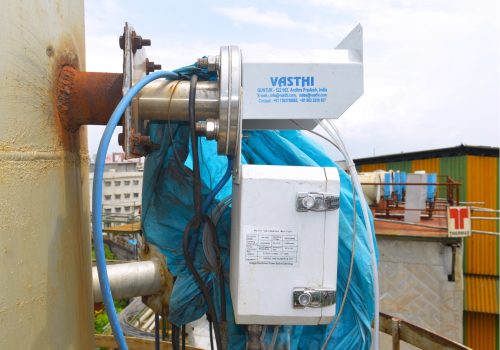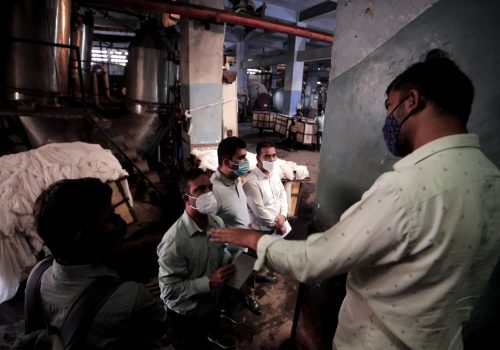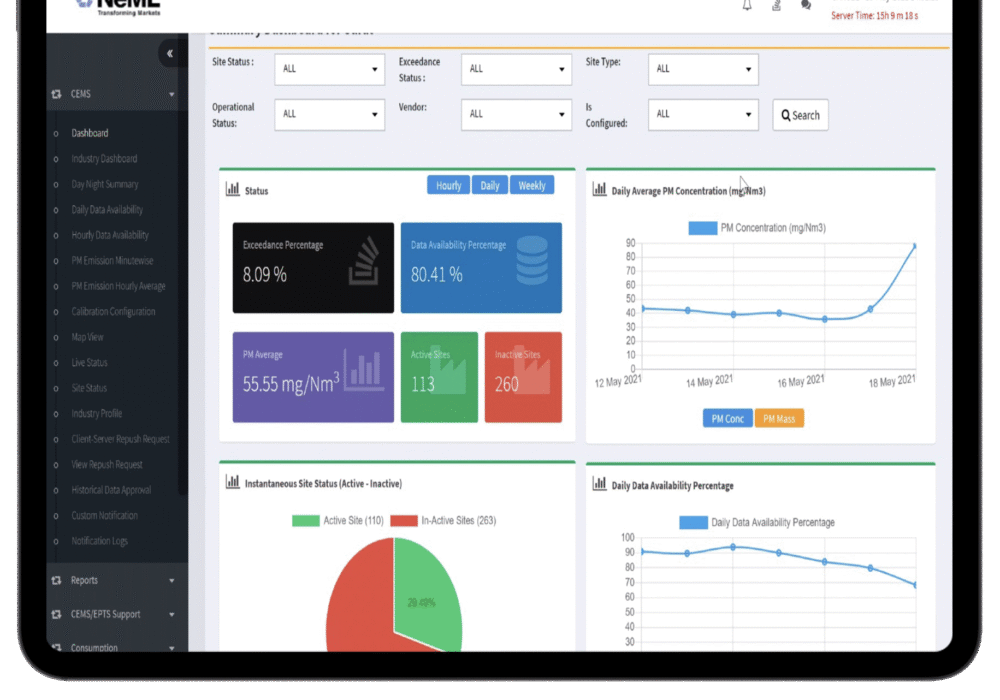
How Does It Work?
While most pollution rules focus on reducing emissions from a single point or smokestack, emissions markets turn this framing on its head by starting with an overall limit that collectively applies to all polluters and letting industries choose how best to meet their targets.
The Basics
Step 1
Step 2
Step 3
Step 4
Benefits of Emissions Markets
✓
Pollution Reduction
Continuous monitoring reduces opportunities for manipulation.
Industries have accurate data to track and manage their own emissions.
Continuous monitoring technology is more efficient and saves government resources.
✓
Industry Cost Reduction
Allows industry to choose how best to meet the cap.
Plants buying permits spend less than they would on pollution control equipment.
Plants selling permits make higher profits than they would without the regulation.
✓
Industrial Compliance
Laws are less punishing, so easier to comply.
Easier enforcement based on clear financial penalties.
Data reported directly to the government leaves no room for hiding pollution.

Our Approach: A Plug-and-Play Solution

Market Design
- We help guide the selection of the sector(s) and firms that will participate, along with helping to allocate permits and set a pricing strategy.
- We help set the monitoring standards and install continuous emissions monitoring systems (CEMS), along with data acquisition software so the government has real-time access to emissions data.
- We assist regulators with deciding the area-wide emissions cap based on local emissions data.
- We review practices for ensuring enforcement and penalties for non-compliance.

Capacity Building
- We visit plants and provide oversight and technical assistance of monitoring devices.
- We train plant operators on best practices for monitoring device management and calibration, market rules and trading practices.
- We train government staff to collect data, ensure data quality, and enforce market compliance.
- We soft launch the market with a trial trading period to acquaint industries to market rules, trading windows and tactics.

Market Operations and Oversight
- We facilitate an online trading platform for transparency in the trading of permits.
- We monitor plants to ensure they’re following trading rules, and rules are adjusted as necessary.
- We review plant performance on the market dashboard once live trading begins.
- We stand by in an oversight committee capacity to monitor ongoing performance.
